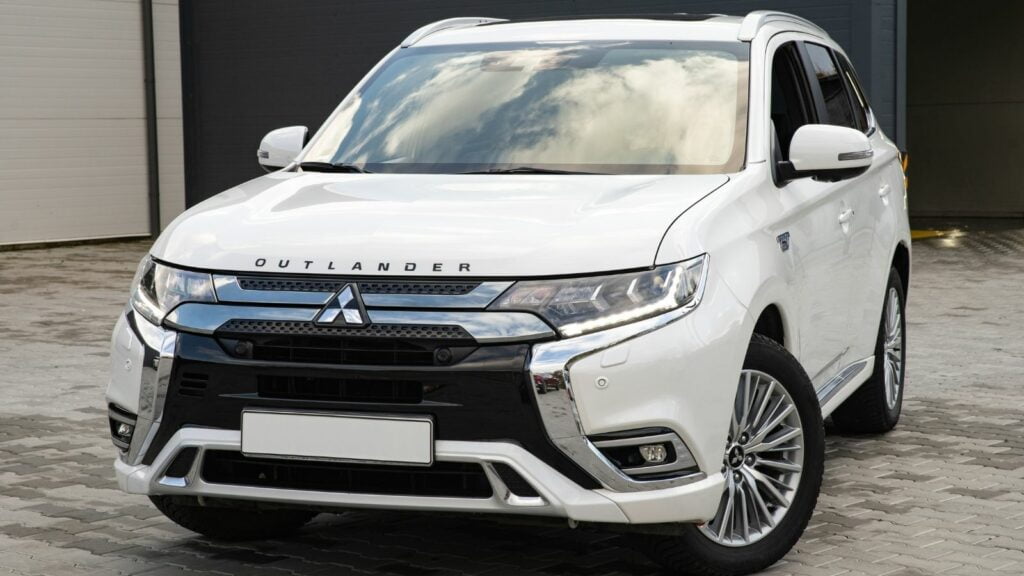Some cars are universally loved. Others are so bad they fade into obscurity. And then there are these—the misfits that get slammed by reviewers, mocked in owner forums, and still somehow rack up sales. Whether it is badge loyalty, bargain pricing, or buyers who just do not read reviews, these models prove you can sell a flawed car if you pitch it right.
Dodge Journey (2009–2020)

From launch, the Journey was already behind the times. The base four cylinder struggled to keep up with traffic, the V6 guzzled gas, and the interior was pure rental fleet chic. But slap a big rebate on it, toss in seven seats, and you had a family hauler that buyers could drive home for less than a used minivan. Chrysler knew it was outdated but kept pumping them out until it became the undead SUV of the showroom.
Mitsubishi Mirage (2014–Present)
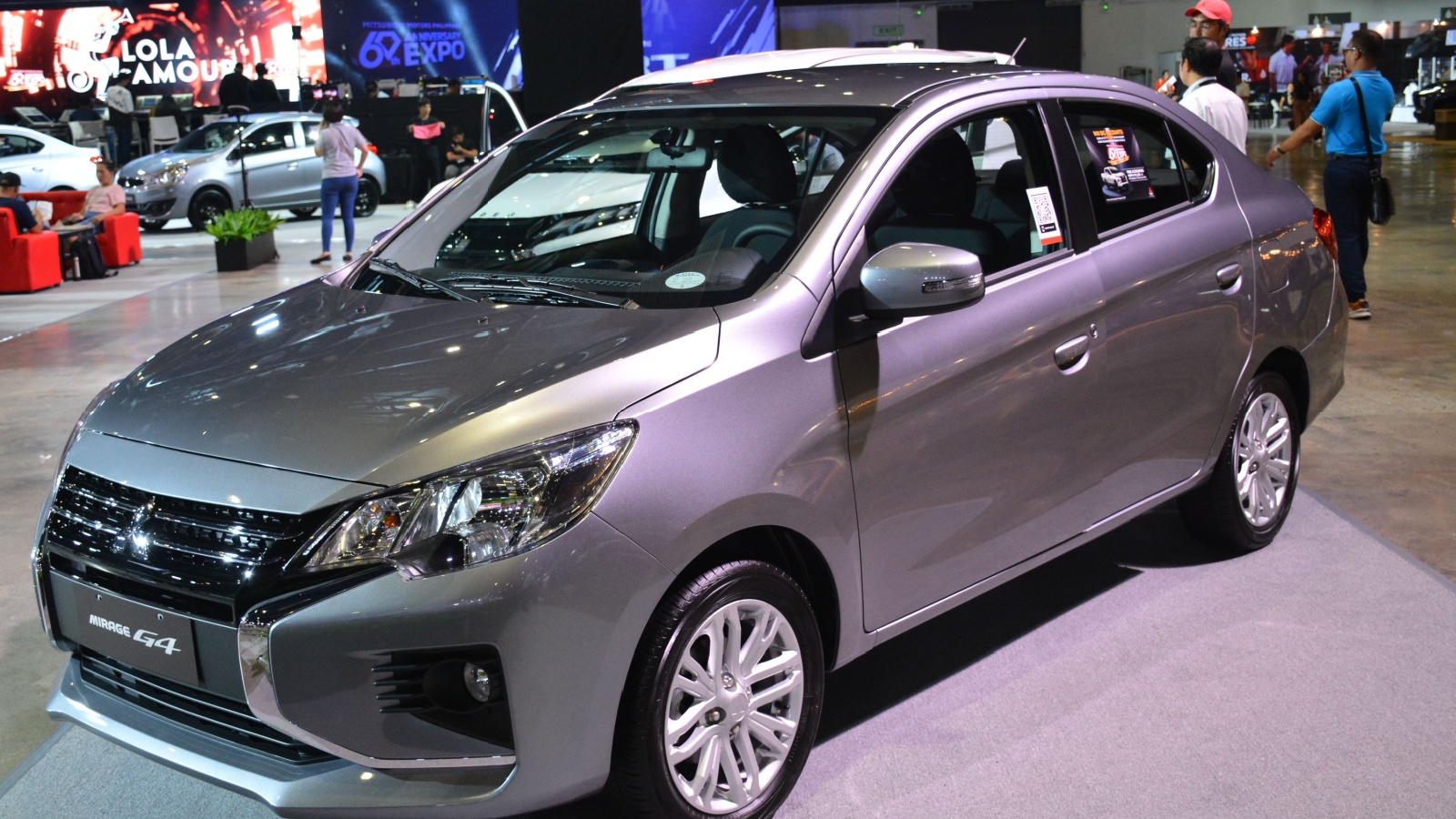
Zero to sixty in “eventually” and body panels so thin you could dent them by leaning on them, the Mirage is an automotive time capsule to the bad old days of cheap cars. Yet with one of the lowest MSRPs in North America, a ten year warranty, and fuel economy that rivals a hybrid, it still finds buyers. People forgive a lot when the monthly payment looks like a cell phone bill.
Jeep Compass (2007–Present)
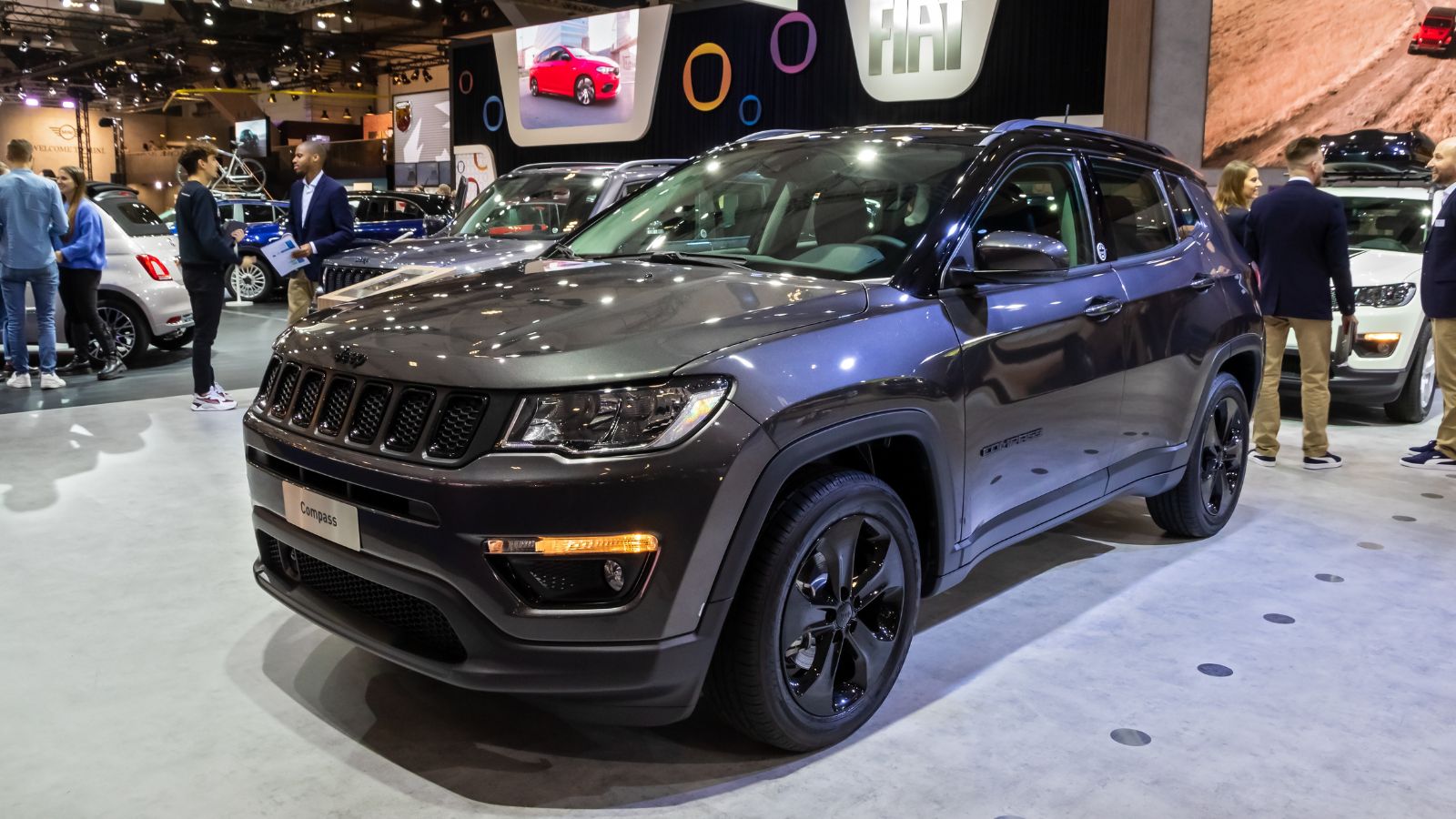
The original Compass was mocked as the “mall crawler” Jeep, with front wheel drive, vague steering, and plastics that looked carved from soap. The redesign in 2017 was a big improvement, but that first gen stench still lingers. It keeps selling because buyers want the Jeep badge without Wrangler pricing, and most never notice its off road limitations.
Nissan Versa (2007–Present)
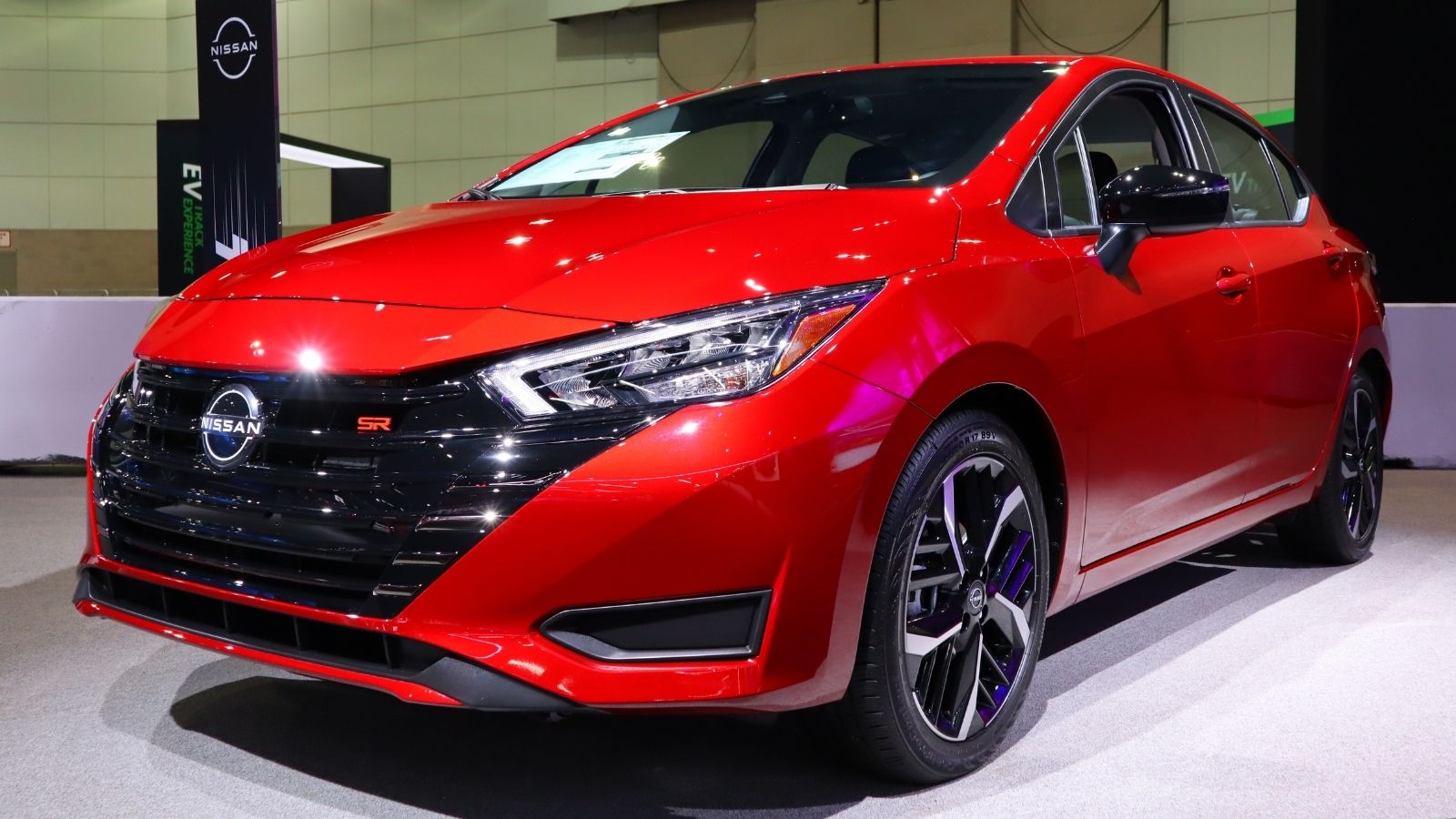
It is the automotive equivalent of dry toast: functional, forgettable, and not something you brag about. Yet the Versa keeps selling to budget minded commuters, ride share drivers, and fleet buyers. The combination of low price, high MPG, and a warranty is irresistible to those who view a car as nothing more than a tool.
Chevrolet Spark (2013–2022)
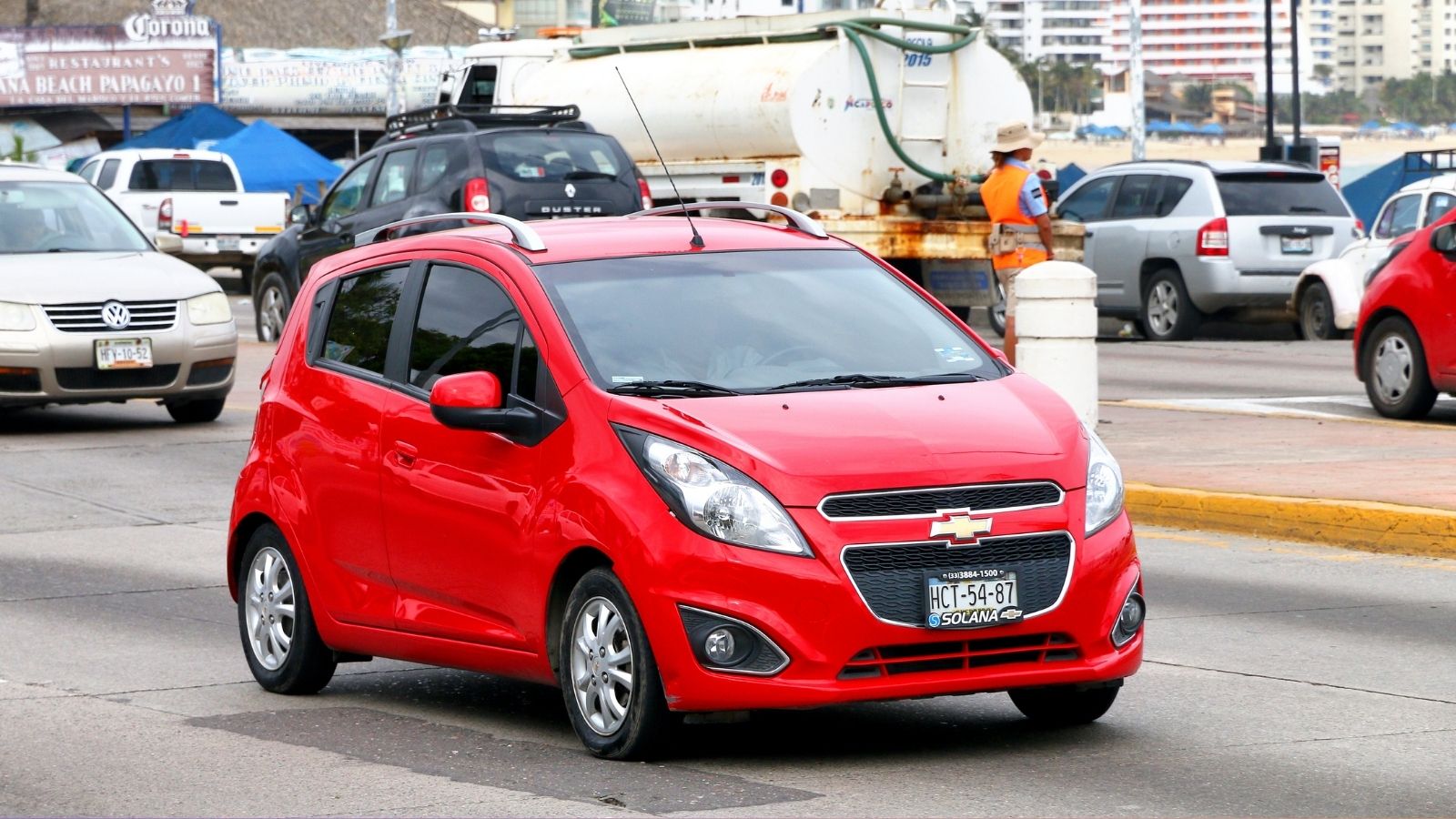
With rear seats only suitable for small children or large dogs, and a ride quality that made potholes feel personal, the Spark was hardly plush. But it was cheap, easy to park, and perfect for city dwellers who feared parallel parking more than rattles and road noise.
Chrysler 200 (2011–2017)
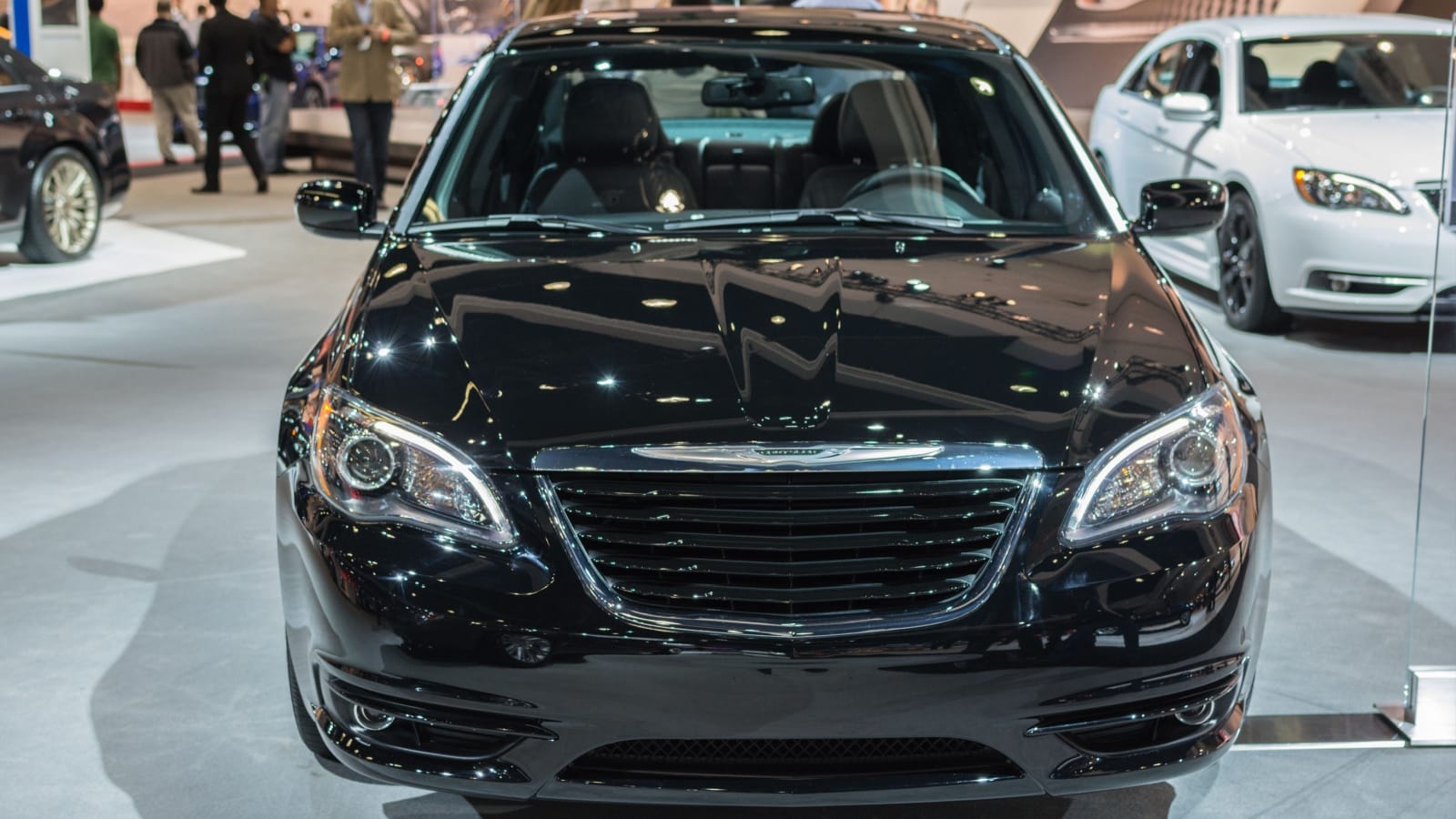
Marketed as a mid size sedan but feeling like a compact with delusions of grandeur, the Chrysler 200 had a cramped back seat and a nine speed automatic that could not decide which gear it wanted. Yet rental fleets loved it, and dealers practically gave them away to keep the numbers up.
Toyota Yaris Sedan (2016–2020)
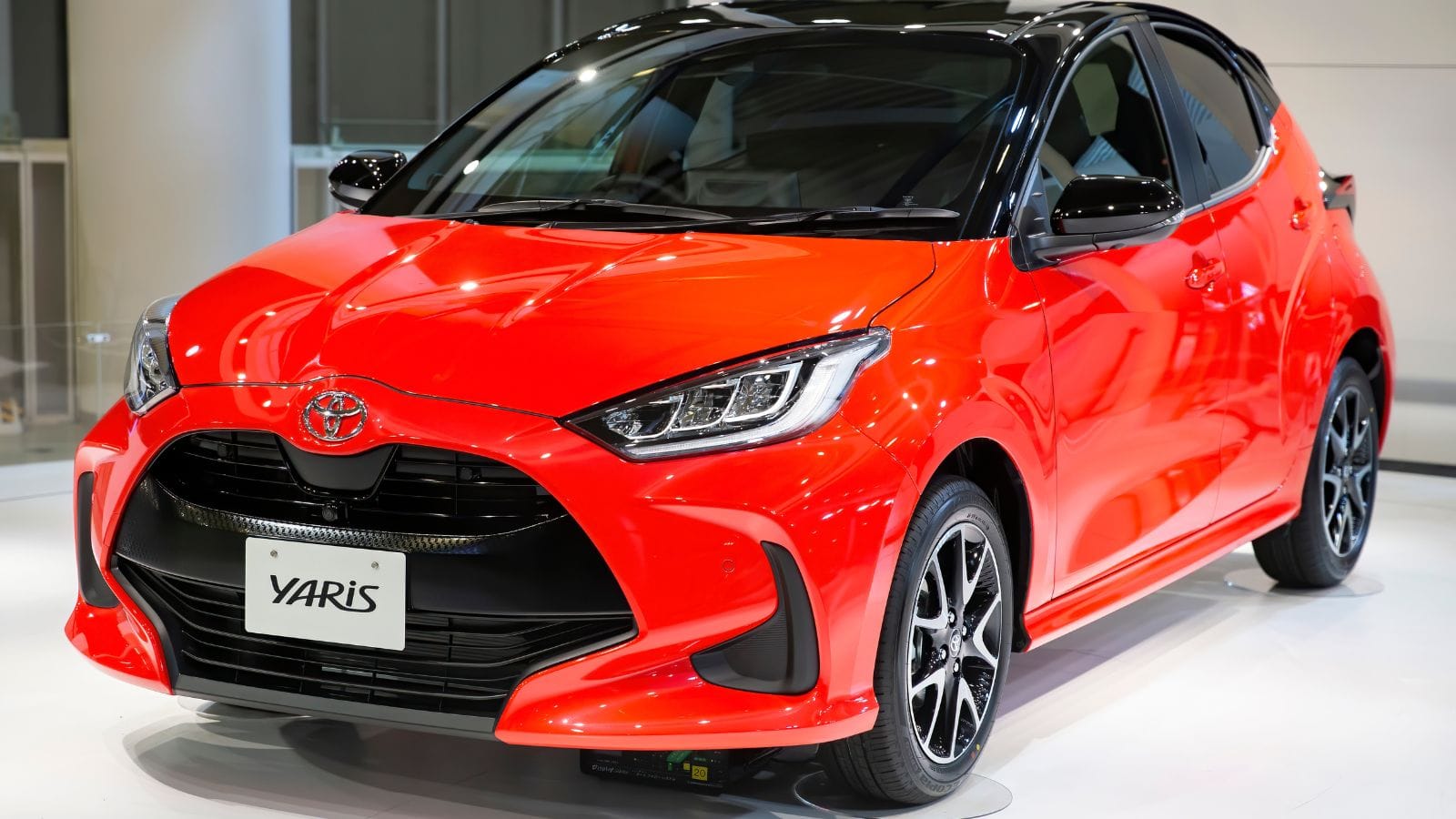
It looked generic, drove generic, and had the personality of an appliance. Yet people bought it. Why? Because it had Toyota’s name on the grille and Mazda bones underneath. That combo was enough to convince cautious buyers that “boring” could also mean “safe bet.”
Ford EcoSport (2018–2022)
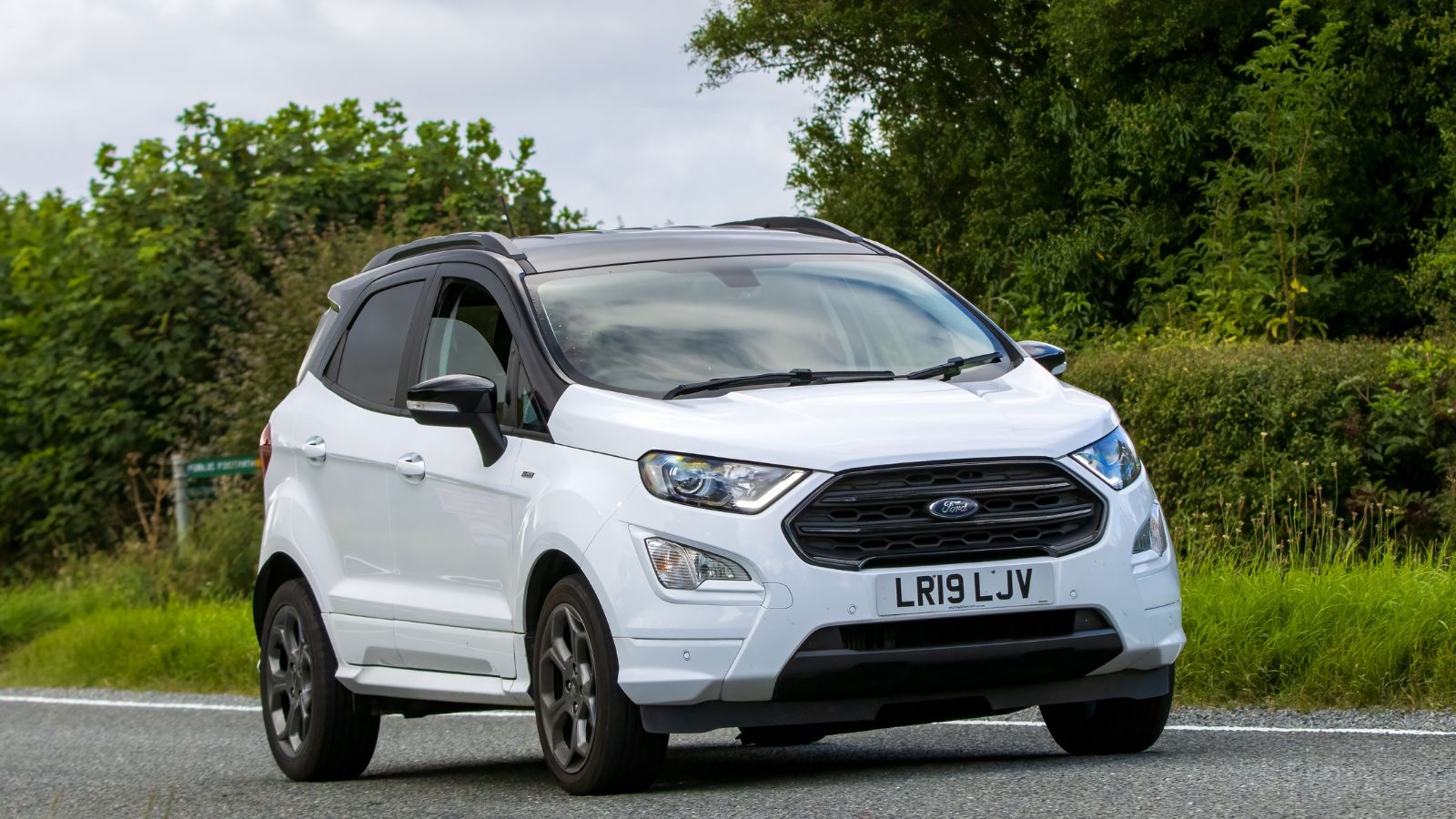
Imported from markets where “small” means tiny, the EcoSport brought a swing out rear door, awkward proportions, and a driving experience that made you question your life choices. But it offered AWD in a pint sized package, and for some urban buyers, that was all they wanted.
Kia Rio (2000–Present)
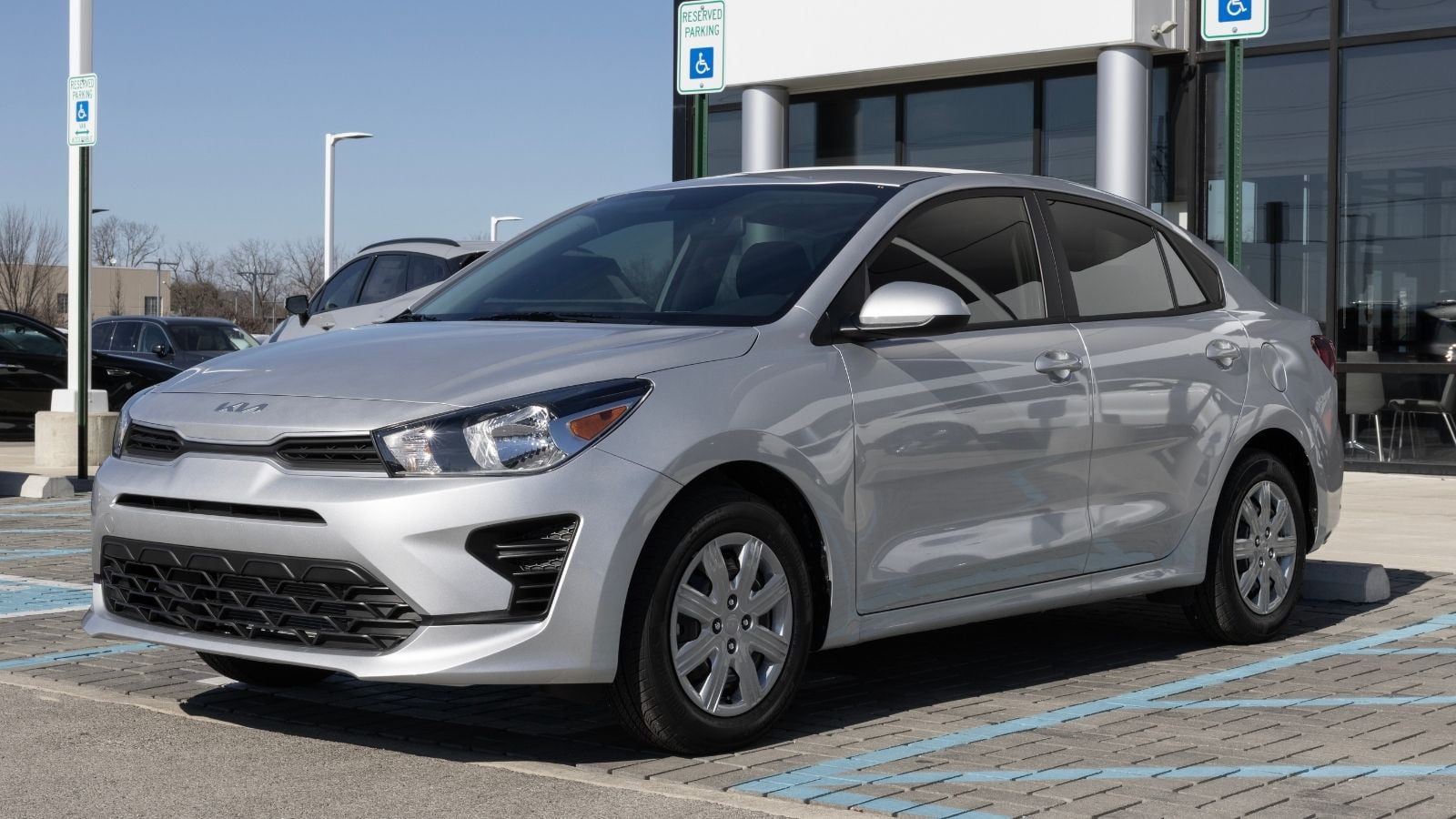
The early Rio models were a crash course in how cheaply a car could be built and still pass inspection. Yet the latest generations ride on Kia’s newfound reputation for value and warranty coverage. For many buyers, that is enough to ignore the ghosts of Rios past.
Chevrolet Malibu (2016–Present)

The Malibu has become the definition of “fine.” Not good, not exciting—just fine. Yet fleets and dealerships keep ordering them in bulk, knowing they can always move sedans with the right price tag. Incentives have a way of making average look attractive.
Fiat 500 (2012–2019)
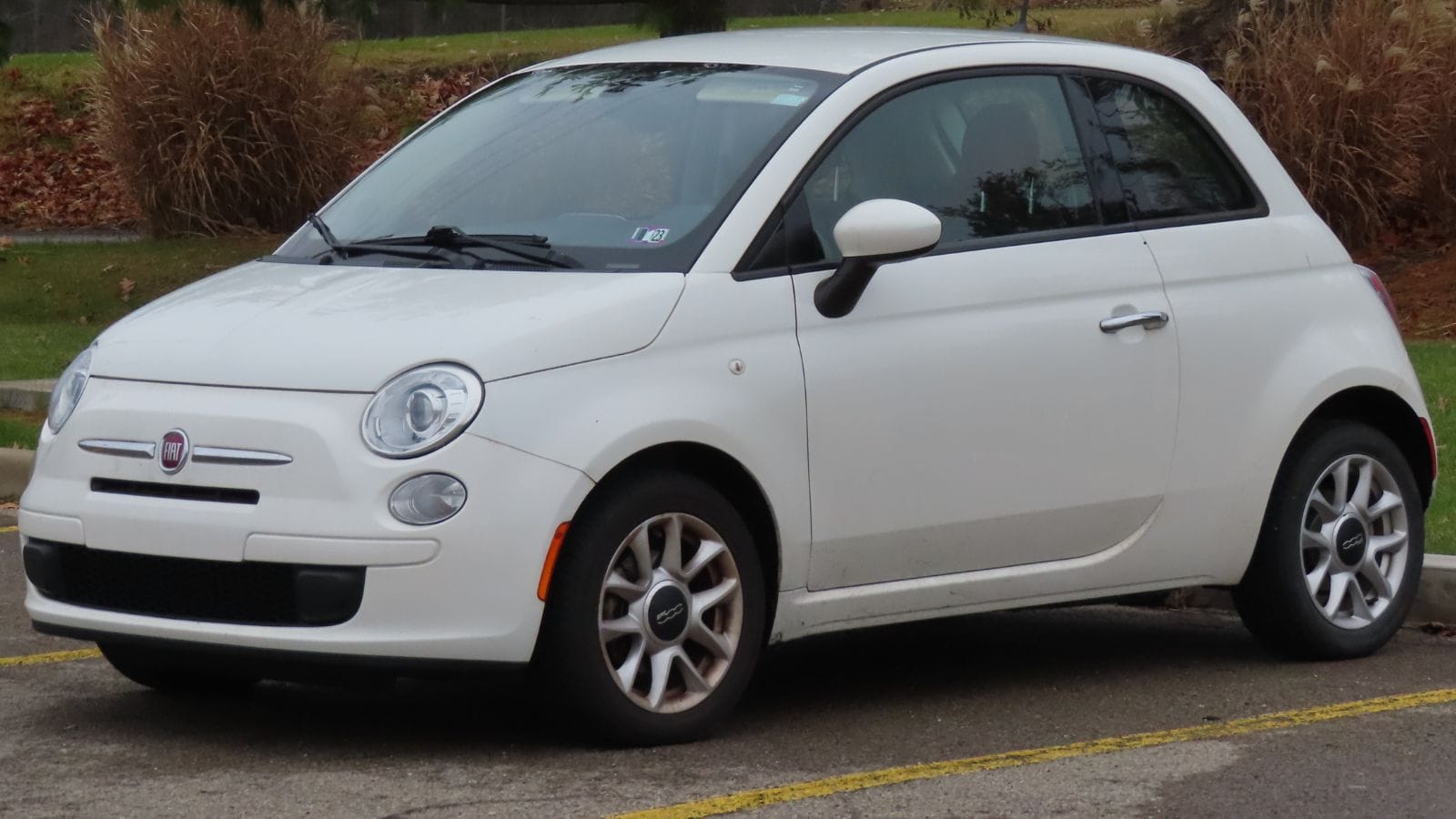
Cute sells. Even if that cuteness hides a choppy ride, cramped rear seats, and questionable reliability. The Fiat 500 attracted style focused buyers who valued retro flair over common sense. The Abarth version even brought enough noise to distract from its flaws.
Hyundai Accent (1995–Present)
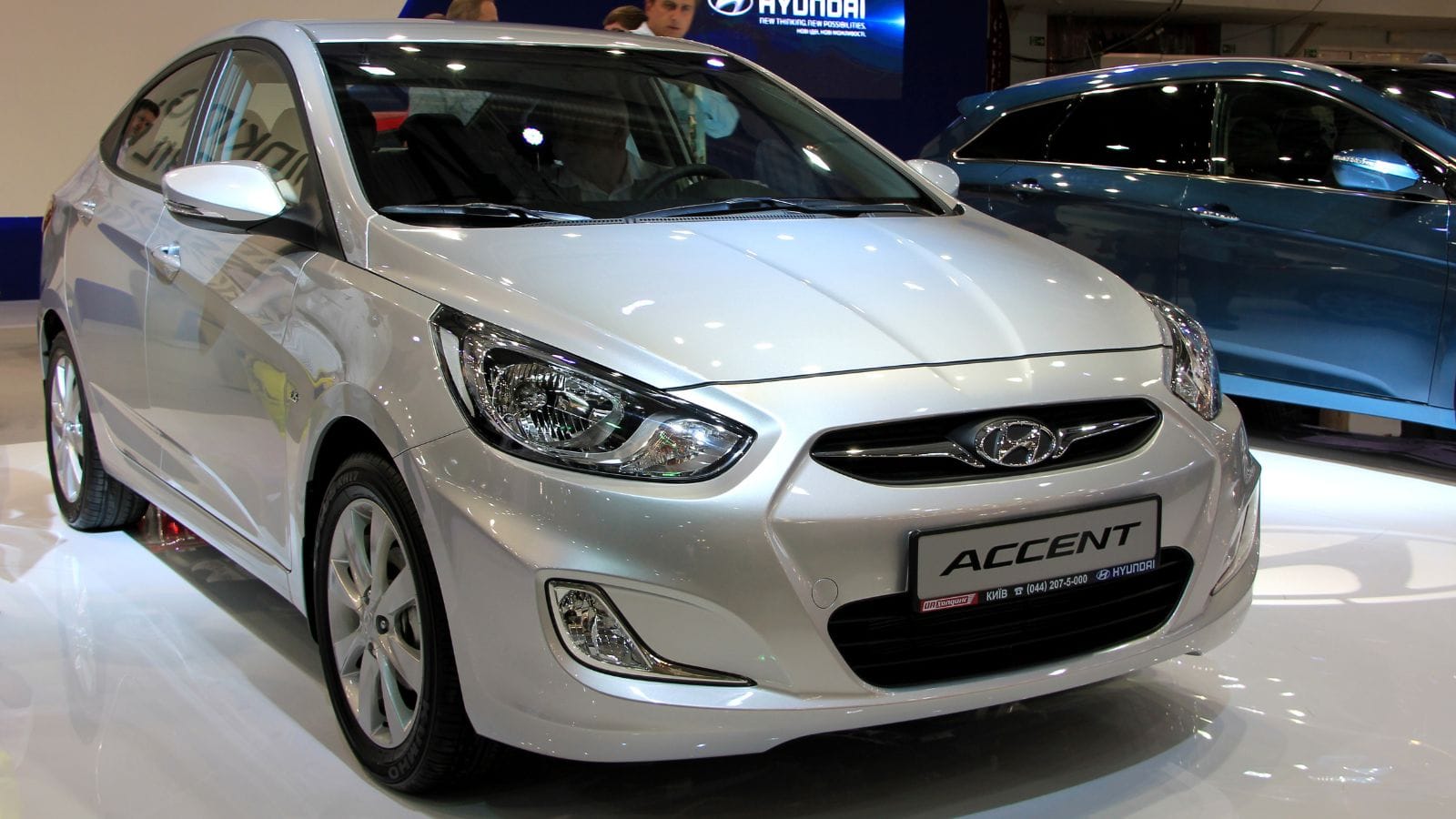
Once notorious for rust, tinny doors, and noisy engines, the Accent has spent years slowly improving. Yet its reputation as a disposable economy car lingers. For buyers who just want cheap and cheerful with a warranty, that reputation barely matters.
Jeep Renegade (2015–Present)

Think Wrangler’s funky cousin with less muscle and more attitude. The Renegade’s ride is stiff, its MPG mediocre, and its reliability spotty, but its styling hooks buyers. Roof panels that pop off and bold colors make it feel adventurous even if it never leaves a parking lot.
Nissan Kicks (2018–Present)

If speed thrills, the Kicks will leave you comatose. Yet it nails fuel efficiency, looks sharp, and costs less than many used SUVs. For buyers who care more about style and gas mileage than horsepower, it hits the mark.
Dodge Challenger (2008–Present)
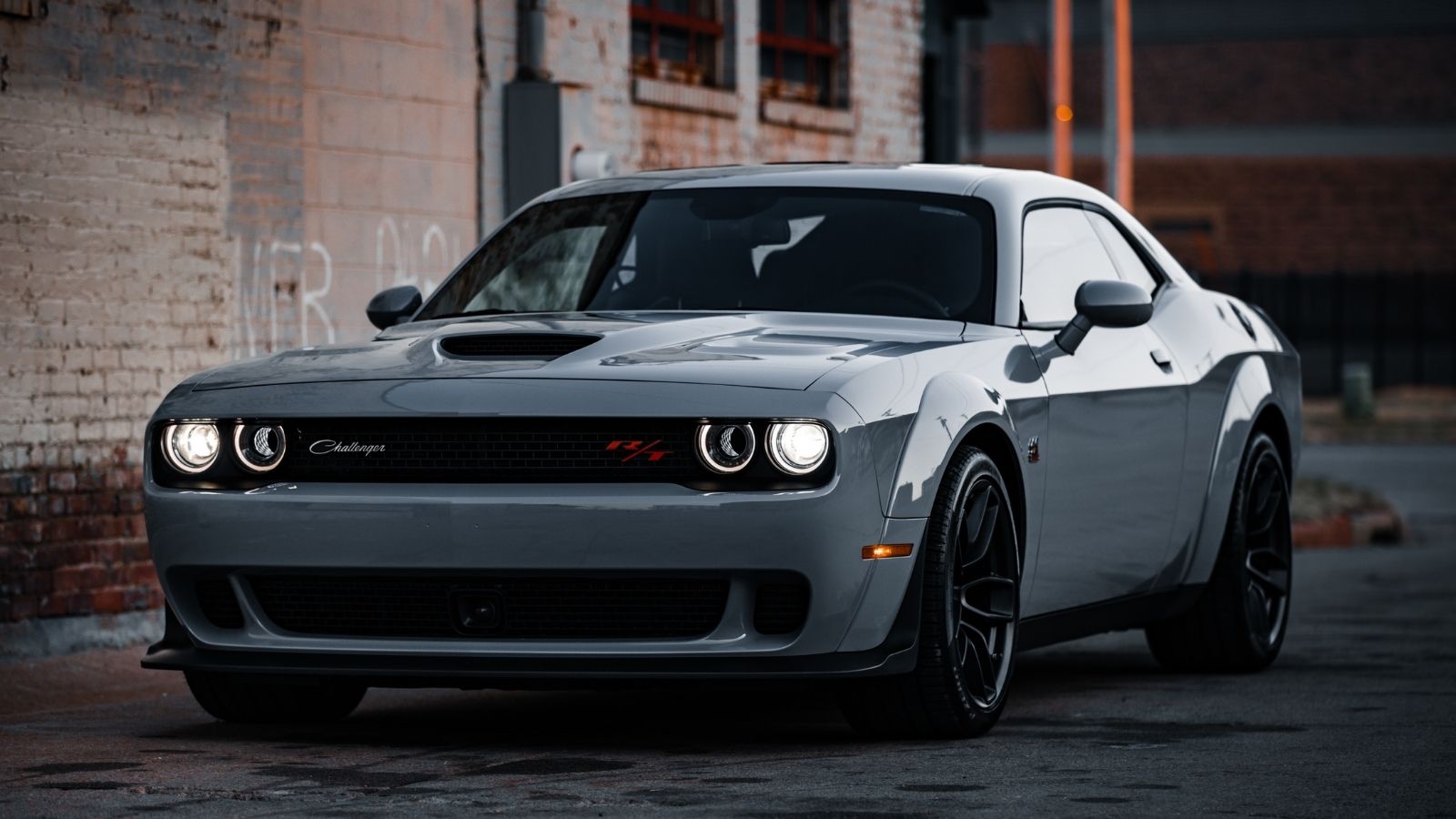
The base V6 version weighs as much as a small moon and drinks like a sailor, but buyers still flock to it for the retro styling and the halo effect of the high performance Hellcat models. It is living proof that image can outweigh practicality.
Chevrolet Trax (2015–2022)
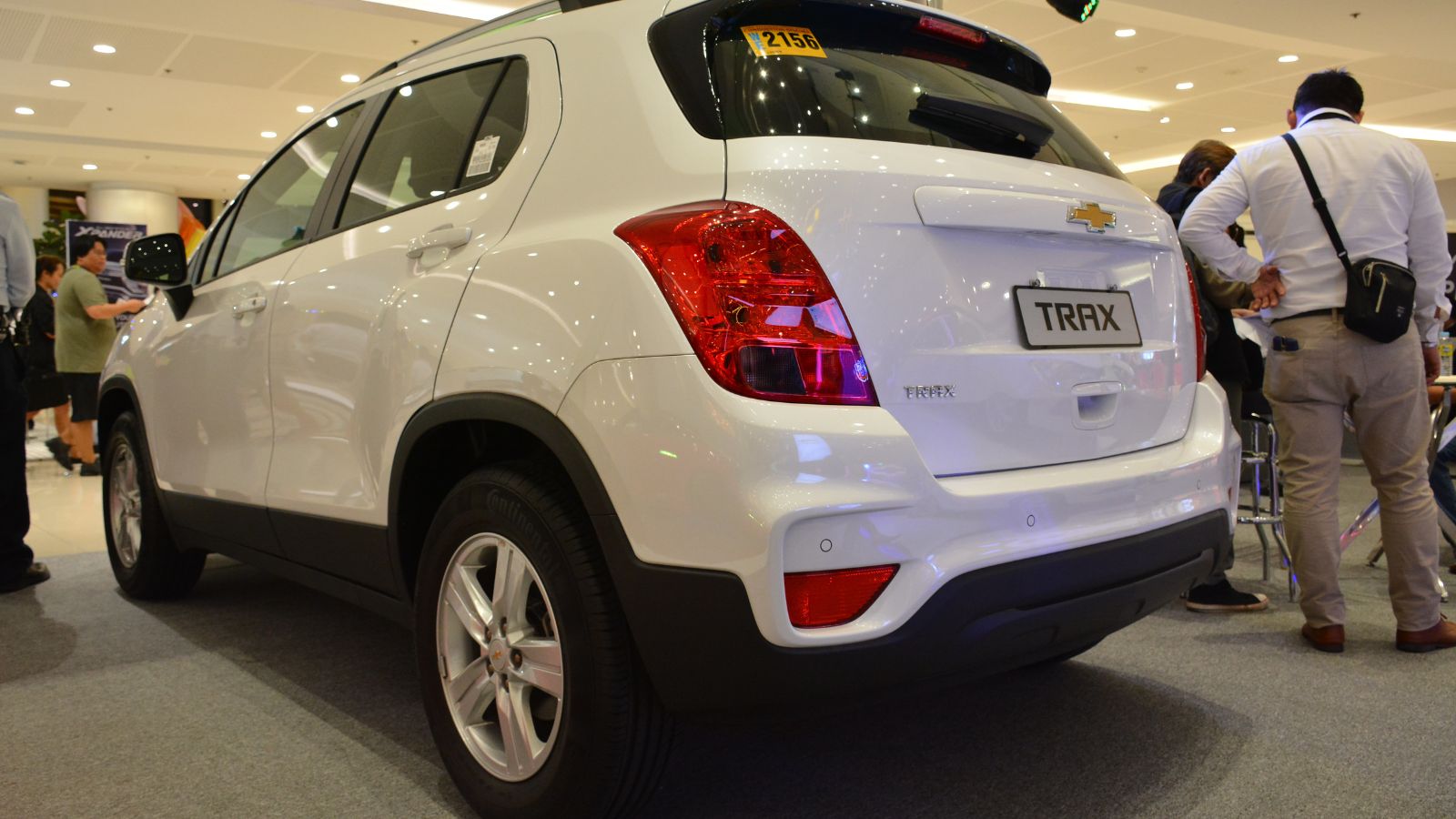
The Trax was never exciting—its claim to fame was being slightly taller than a hatchback. But low lease rates, a tall driving position, and optional AWD kept it relevant until Chevy brought out the replacement.
Ford Fiesta (2011–2019)
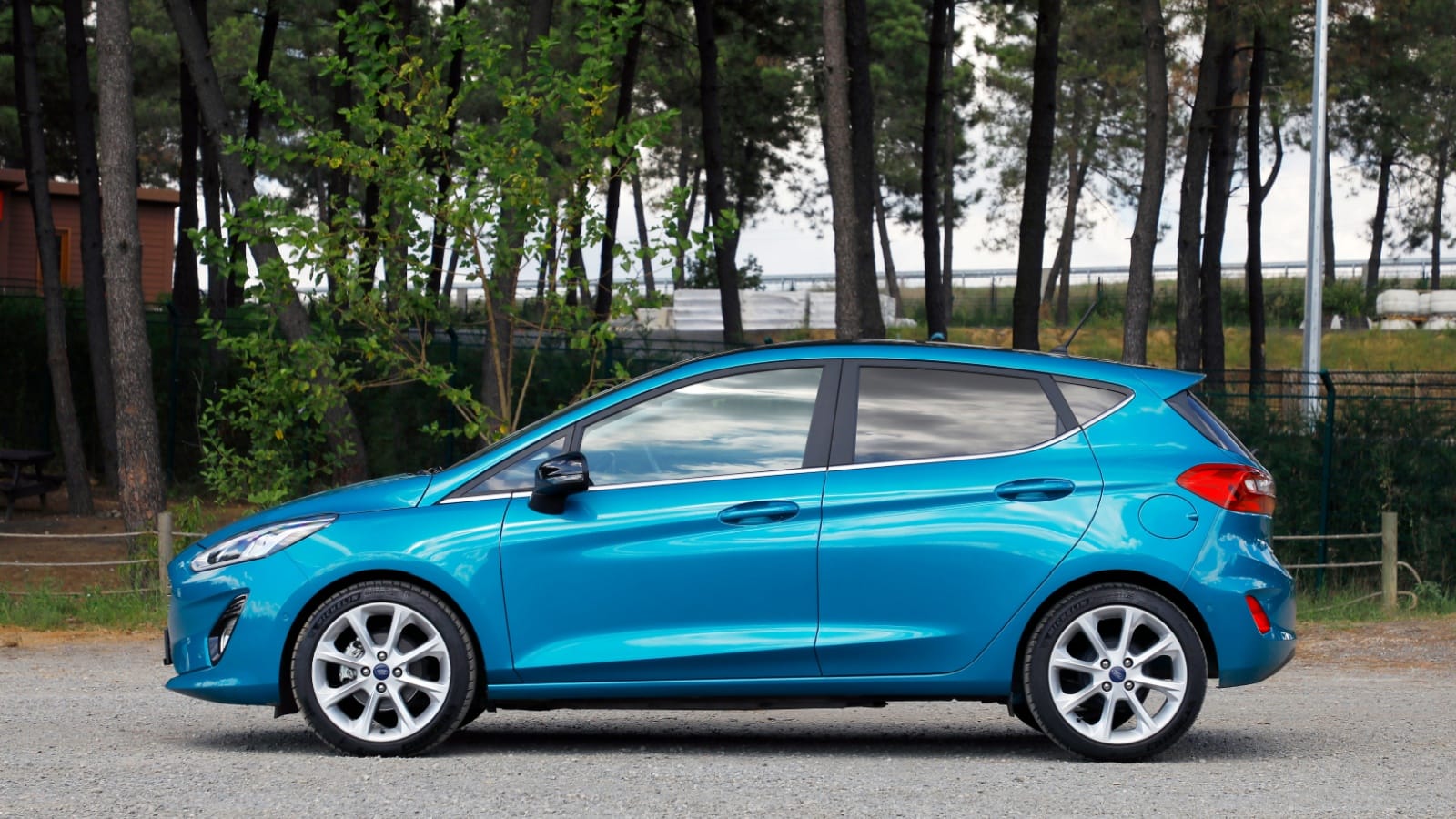
Fun to drive, sure, but plagued by one of the worst dual clutch automatics ever put into a mass market car. Owners suffered through jerky shifts and expensive repairs, but the ST hot hatch kept enthusiasts talking and helped sales limp along.
Mitsubishi Outlander Sport (2011–Present)
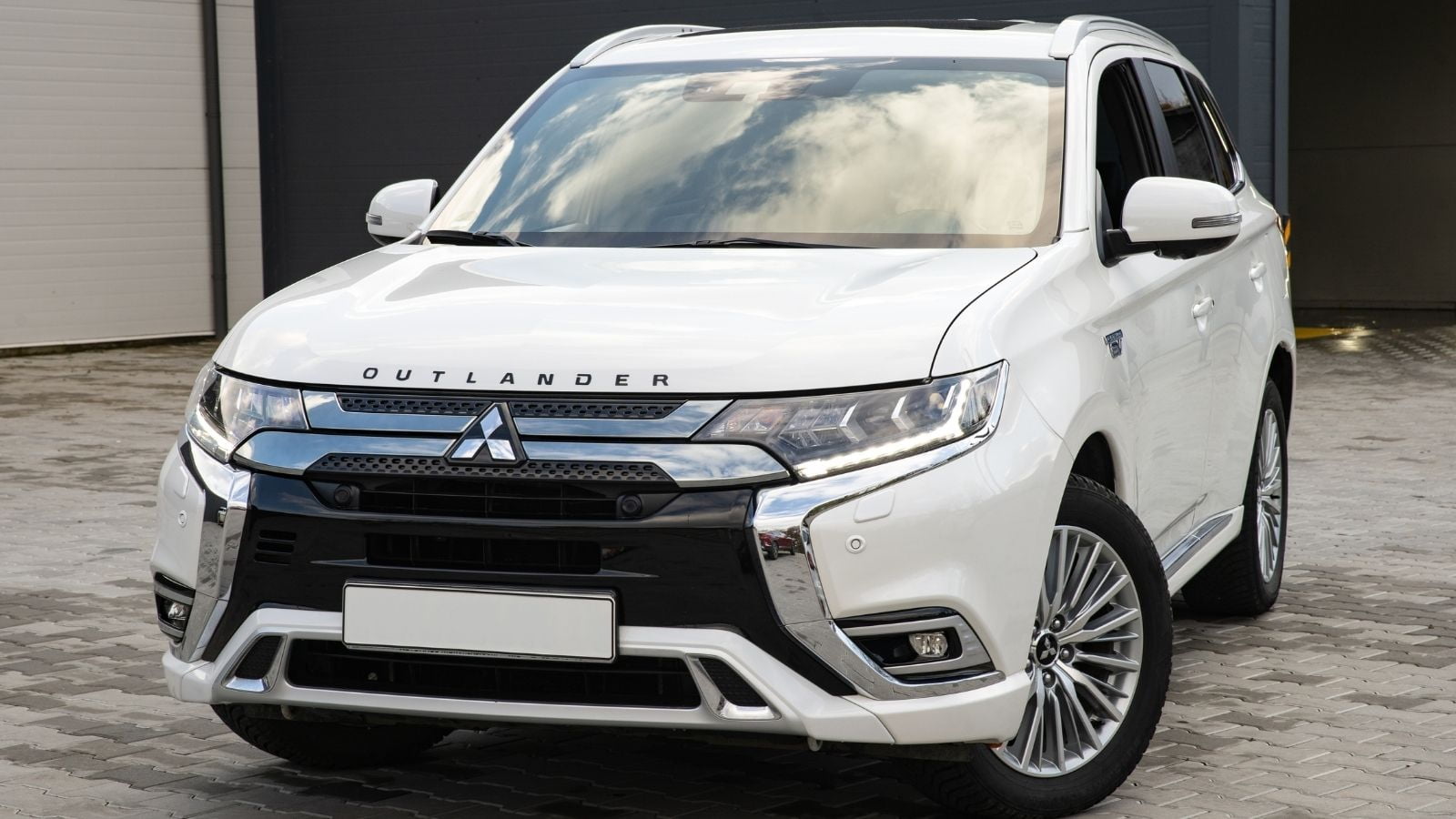
It drives like it is a generation behind, because it is. Yet Mitsubishi’s 10 year warranty, low MSRP, and simple tech make it a sleeper hit for buyers who prefer old school over cutting edge.
Chrysler PT Cruiser (2001–2010)
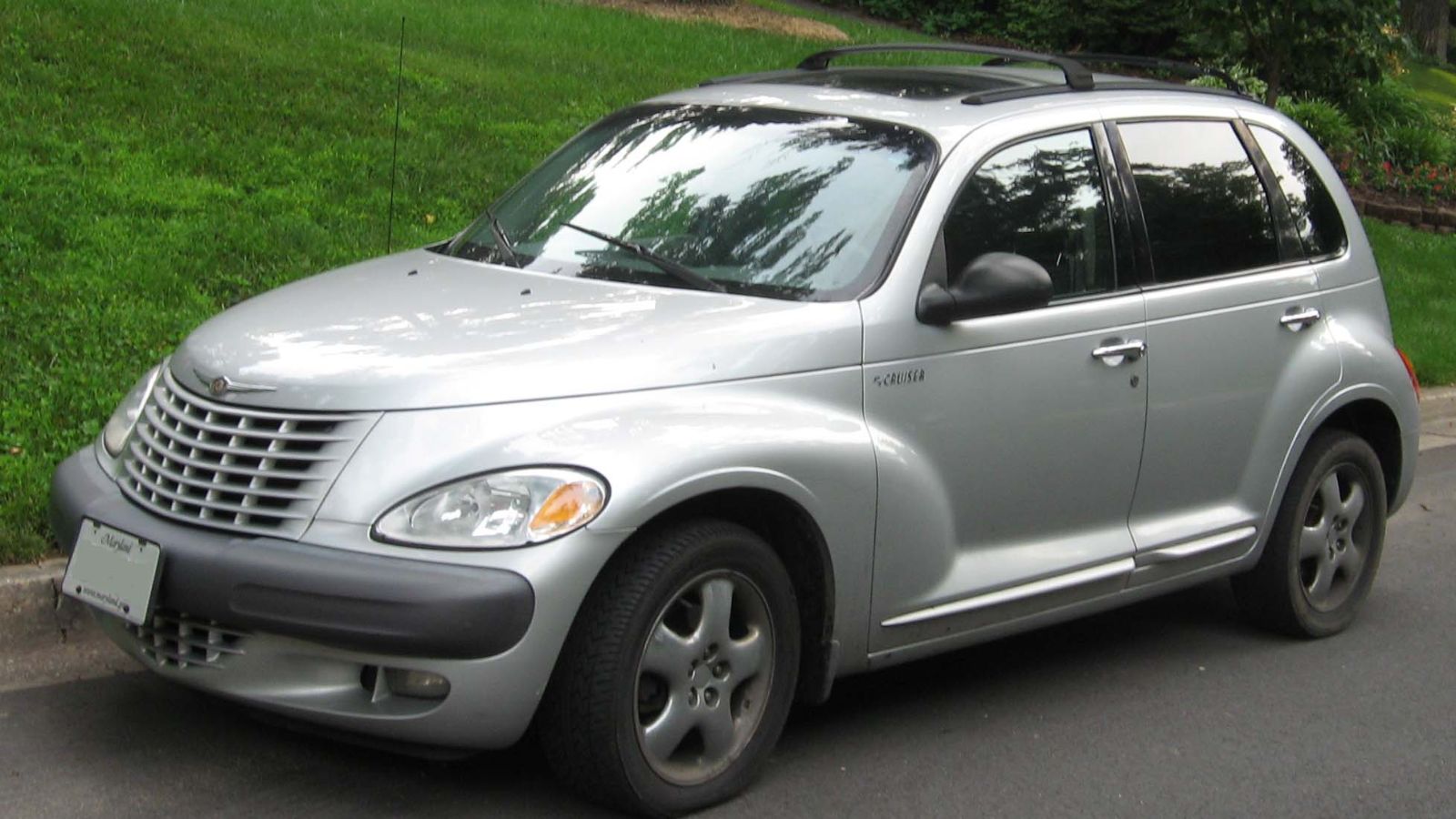
A hit at launch, a punchline by the end. The PT Cruiser’s retro look aged poorly, but its roomy interior, turbo variants, and convertible option kept it moving off lots longer than anyone expected.
Toyota Corolla (1966–Present)
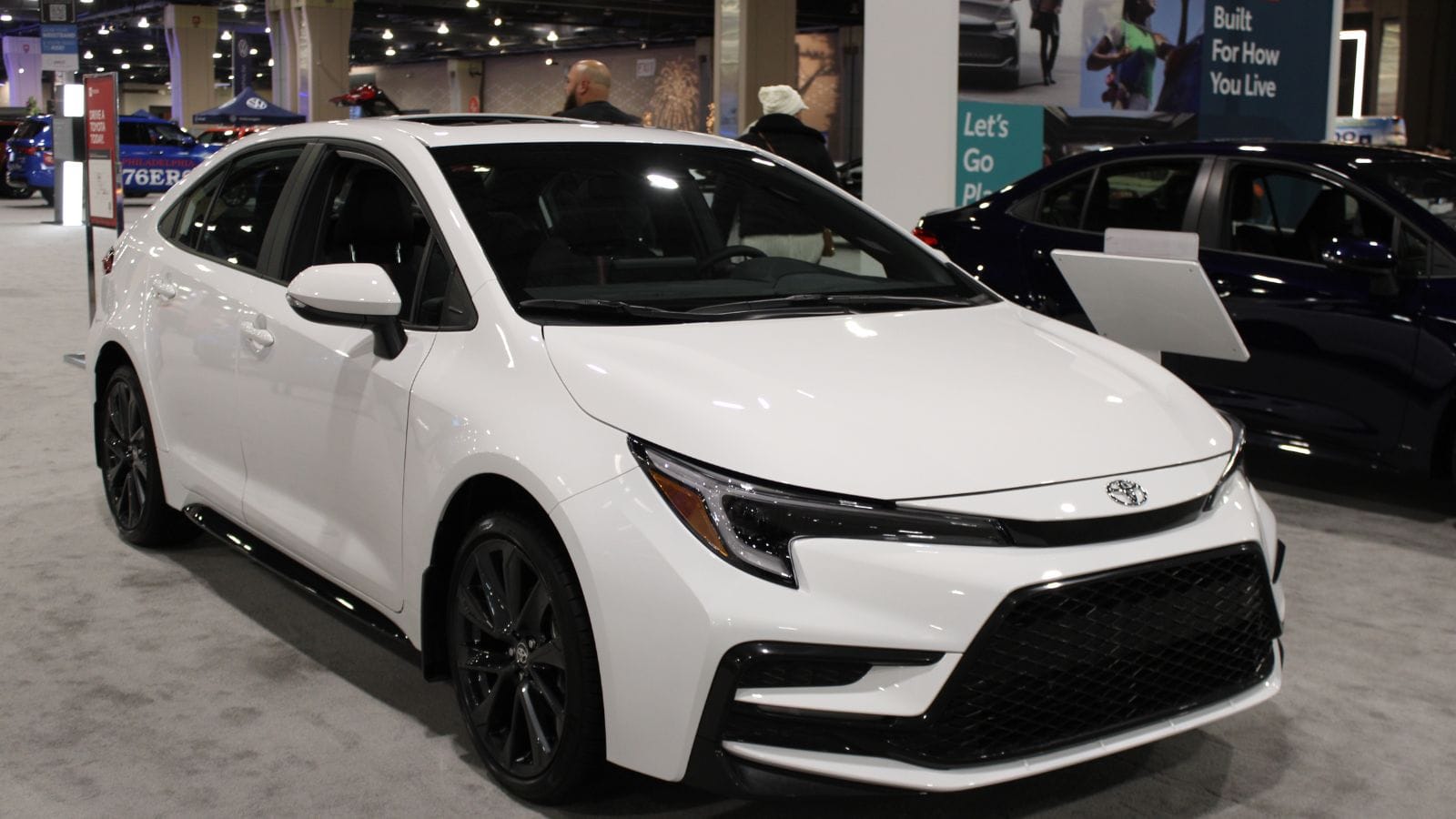
It is the safe, boring choice—and that is exactly why it sells. Even if it is uninspiring to drive, it delivers bulletproof reliability, great resale, and low running costs. Sometimes boring is the point.
25 Facts About Car Loans That Most Drivers Don’t Realize

Car loans are one of the most common ways people fund car purchases. Like any other kind of loan, car loans can have certain features that can be regarded as an advantage or a disadvantage to the borrower. Understanding all essential facts about car loans and how they work to ensure that you get the best deal for your financial situation is essential. Here are 25 shocking facts about car loans that most drivers don’t realize:
25 Facts About Car Loans That Most Drivers Don’t Realize
